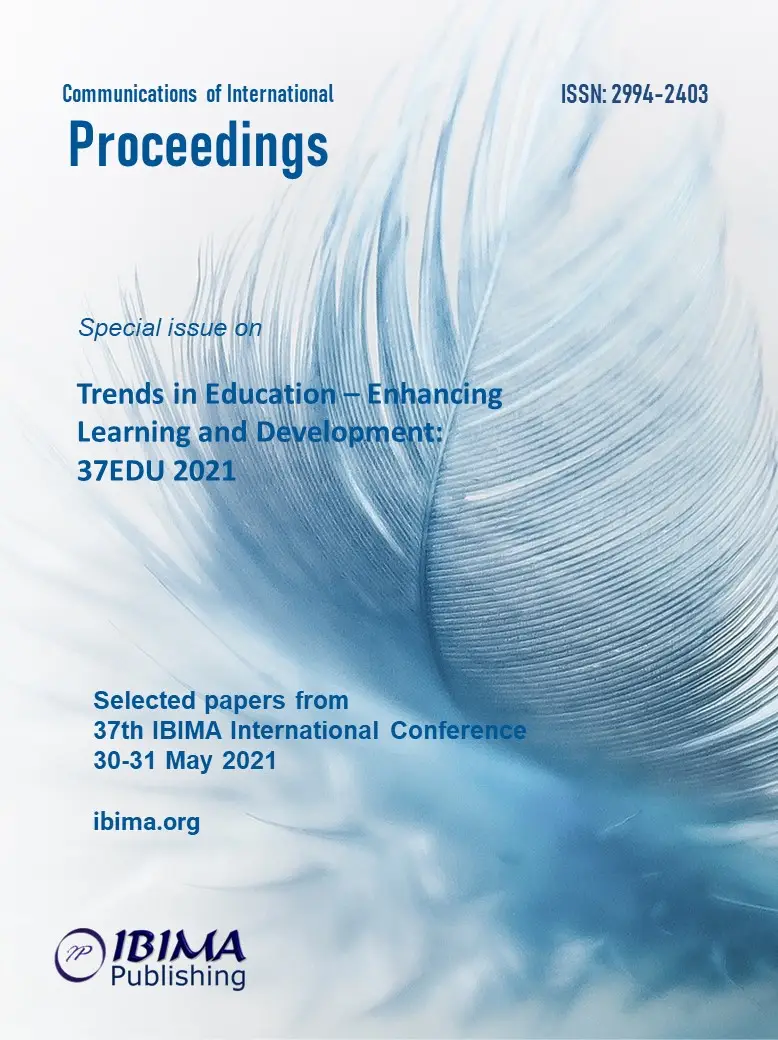
Tatyana N. KURENKOVA, Olga V. MASLOVA, Marina V. SAVELYEVA and Tatyana V. STREKALEVA
Reshetnev Siberian State University of Science & Technology, Krasnoyarsk, Russia

Returning to the conventional in-class education after a period of distant learning has surprisingly become a challenge for educators and students. Educators and students look forward to starting the well-known traditional training in classes, however, they realize that in-class training has got its drawbacks. Before returning, the university people spoke much about negative characteristics of the distant learning, as both students and educators have experienced its negative features, but they are certain to have become aware of the positive characteristics of distant learning too.
Developing new tendencies in teaching a foreign language requires from developers knowledge of the existing methodologies and techniques, awareness of students’ needs and skills. The authors of this paper focus on blended learning technology and its different modes as a logical continuation of distant and in-class teaching. Herewith, we highlighted and studied the features of the Station Rotation model more carefully because the technique could unite physical and virtual classes and it can be used to train students with various levels. The target groups for the research are selected among the technical students, whose majors are in the aerospace technology field.